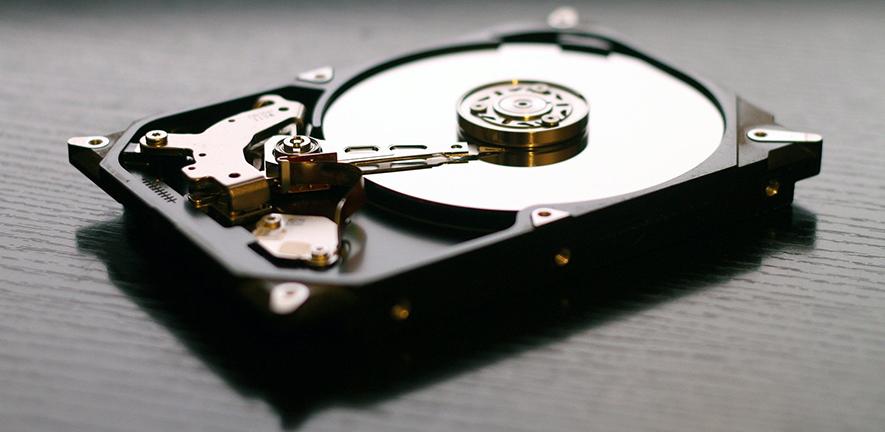The Independent's journalism is supported by our readers. When you purchase through links on our site, we may earn commission.
New graphene breakthrough gives hard drives ten times more storage
One layer of the material was enough to slow HDDs degrading by nearly three times over

Graphene, a single layer of the material used in pencils, graphite, could be used to develop ultra-high density hard drives which increase their storage ten times as much.
Hard drives, or HDDs, are made of two components: a platter and a head. Data is written on the platter using the magnetic head, which moves rapidly as it spins – with the space between the head and the platter continually decreasing to allow for higher densities.
Much of this spacing is taken up by carbon-based overcoats, which protect the platter from mechanical damage and corrosion. These overcoats have decreased over time from 12.5nm to only three nanometers, 3000 times wider than a human hair, but the researchers have managed to make this even narrower.
Commercial overcoats were replaced with these thin layers of graphene, which have less friction and provide better protection against corrosion. One layer of graphene, the researchers say, could reduce corrosion nearly three times as much; four layers of the material was used in their testing.
The scientists transferred the material only disks made of iron-platinum, and then used what they call a Heat-Assisted Magnetic Recording process to increase storage density by increasing the temperature of the recording layer. Current overcoats are unable to perform at these high temperatures, but graphene does – making it perfect for high storage drives.
“Demonstrating that graphene can serve as protective coating for conventional hard disk drives and that it is able to withstand HAMR conditions is a very important result. This will further push the development of novel high areal density hard disk drives,” said Dr Anna Ott from the Cambridge Graphene Centre, one of the co-authors of this study.
The increase in HDD’s data density is critical to more sustainable and durable data recording. “Considering that in 2020, around 1 billion terabytes of fresh HDD storage was produced, these results indicate a route for mass application of graphene in cutting-edge technologies”, Professor Andrea C. Ferrari, Director of the Cambridge Graphene Centre, also said.
Graphene Overcoats for Ultra-High Storage Density Magnetic Media was published in Nature.
Join our commenting forum
Join thought-provoking conversations, follow other Independent readers and see their replies
Comments
Bookmark popover
Removed from bookmarks